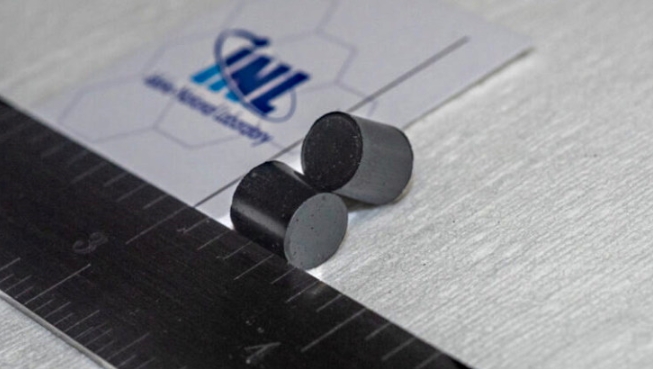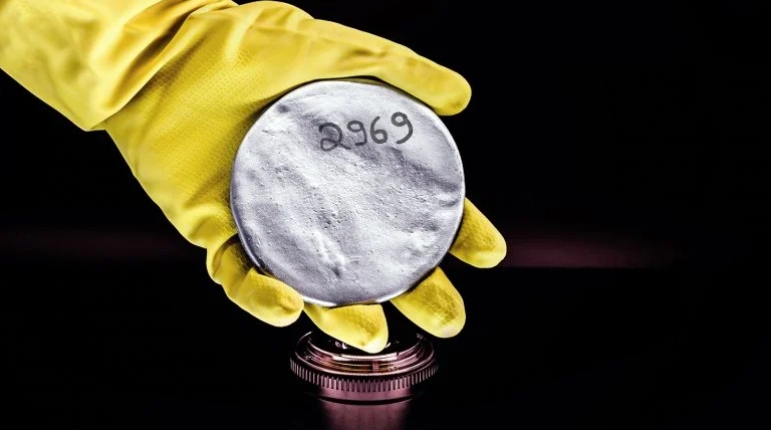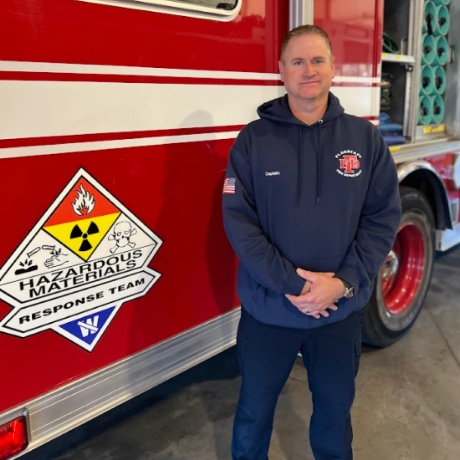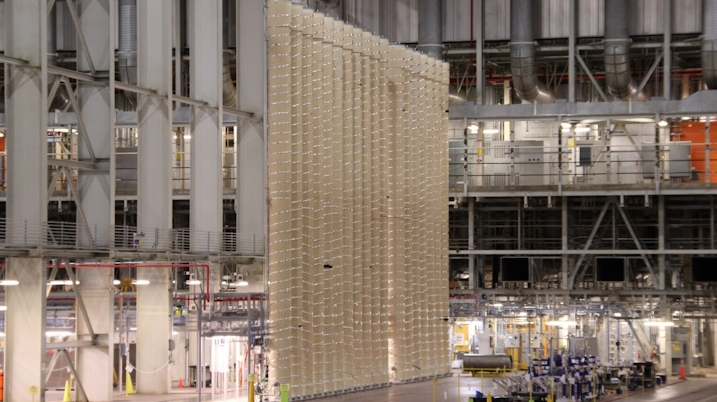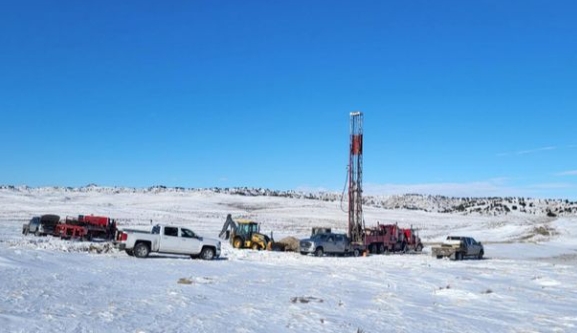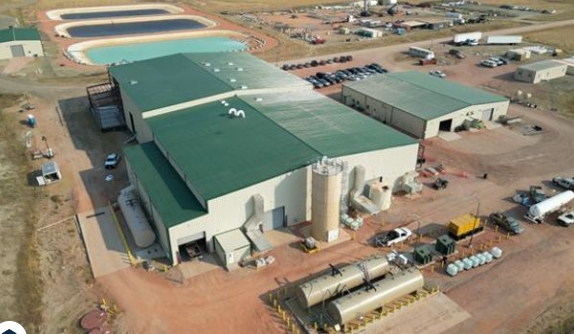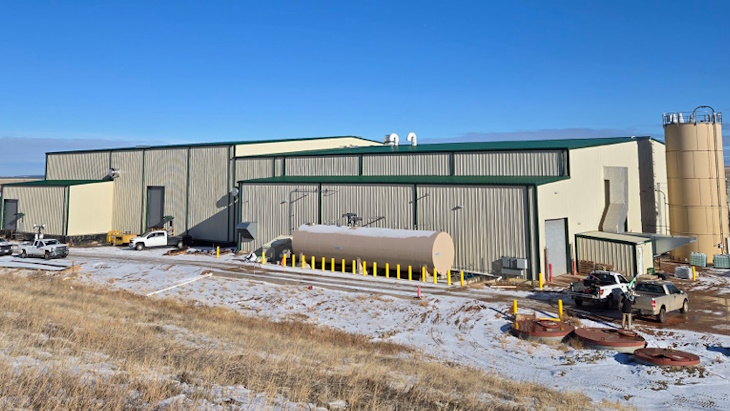A US-based consortium is working to develop breakthrough materials to help strengthen manufacturing in the fuel cell sector and bring high-temperature proton exchange membrane (HT-PEM) fuel cells to market.
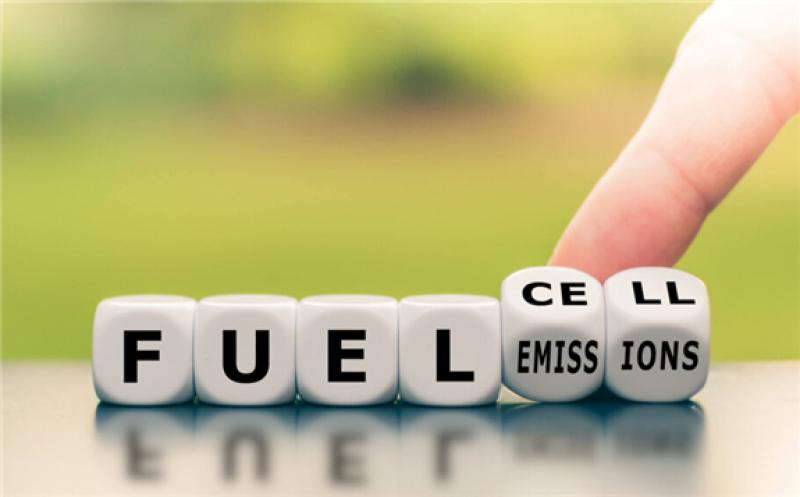
The group is formed of Advent Technologies Holding, the US Department of Energy’s (DOE’s) Los Alamos National Laboratory (LANL), Brookhaven National Laboratory (BNL) and National Renewable Energy Laboratory (NREL).
Together, the group plans to fulfil the promise of “Any Fuel. Anywhere.” for HT-PEM fuel cells. The technology can allow ships to run on renewable methanol or ammonia, airplanes to run on dimethyl ether (DME) or hydrogen, and off-grid power generators to work with any green fuel that is easily transportable to remote locations.
Under the terms of a development agreement signed earlier this week (1st March), Advent’s team of scientists will work closely with LANL, BNL and NREL counterparts over the coming years.
Commenting on the project, Dr. Emory De Castro, Advent’s Chief Technology Officer, said, “The developing world is where the battle of climate change will be won or lost, and a low-cost infrastructure is a must. Synthetic eFuels will be produced by green hydrogen in the near future and thus be sustainable in such applications.”
“HT-PEM technology allows for hydrogen fuel flexibility, while the competition is currently limited to very pure hydrogen that is compressed at 700bar. By forging this partnership, we are taking yet another step closer to realizing our clean energy future.”
The signed CRADA formalises Advent’s role in this program, structures the joint development, and defines milestones and investment required to accelerate the technology scale-up. It also leverages state-of-the-art research facilities and talent at the DOE’s LANL, BNL, and NREL sites, as well as Advent’s expertise in fabricating polymers, membranes, catalysts, and electrodes.
“The mandate from the aerospace, marine, and heavy-duty automotive industry is clear: they want to move to high-temperature fuel cell technology, and we believe that we will be able to provide the best product at the best price.”
“Our recent NASDAQ listing and round of fundraising will allow us to make this agreement the top priority of our product development effort. We expect to commercialise the technology in 2021, bring products to the market in early 2022, and scale it up at mass production in 2023.”
This article is reproduced at www.h2-view.com

